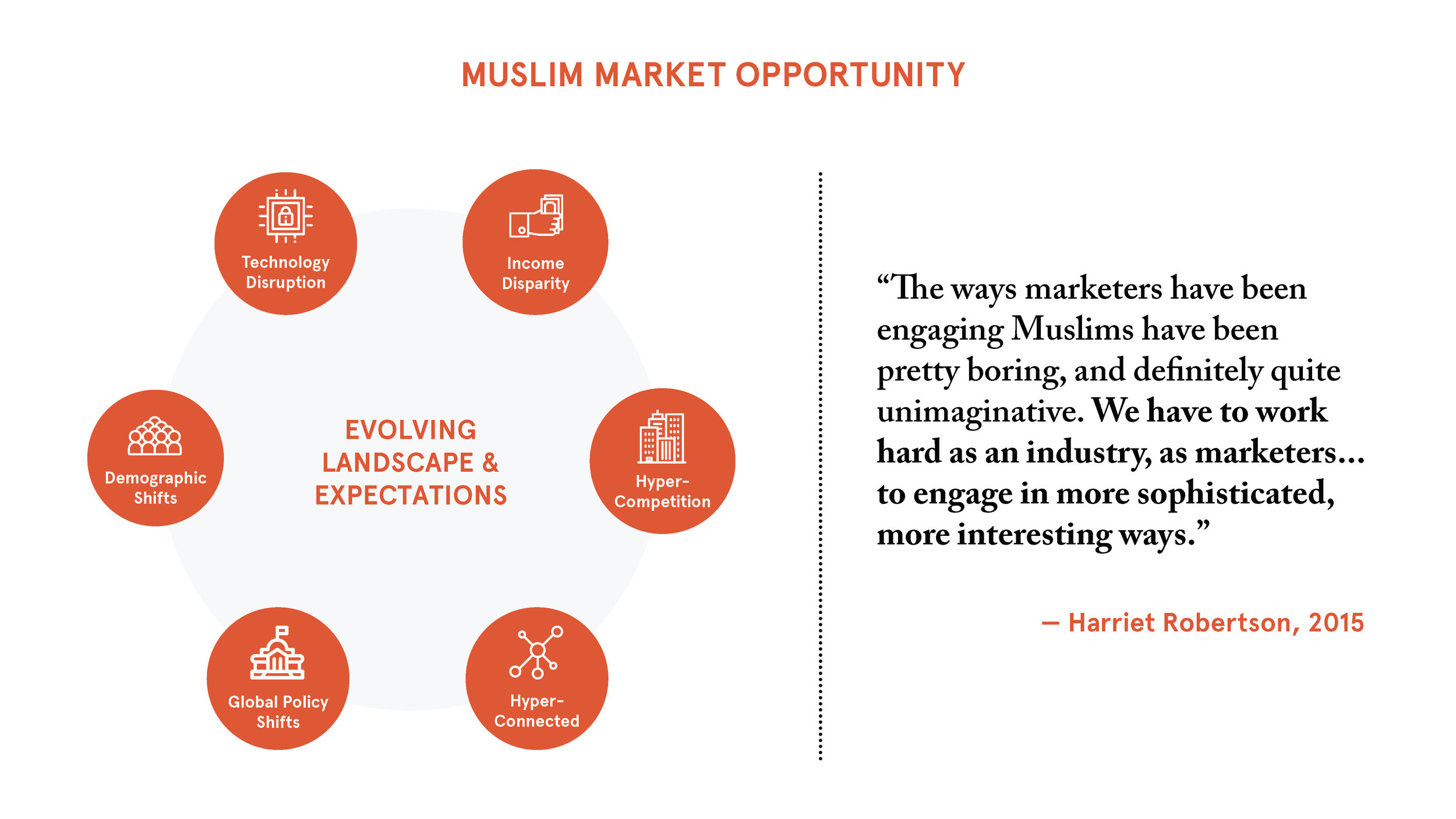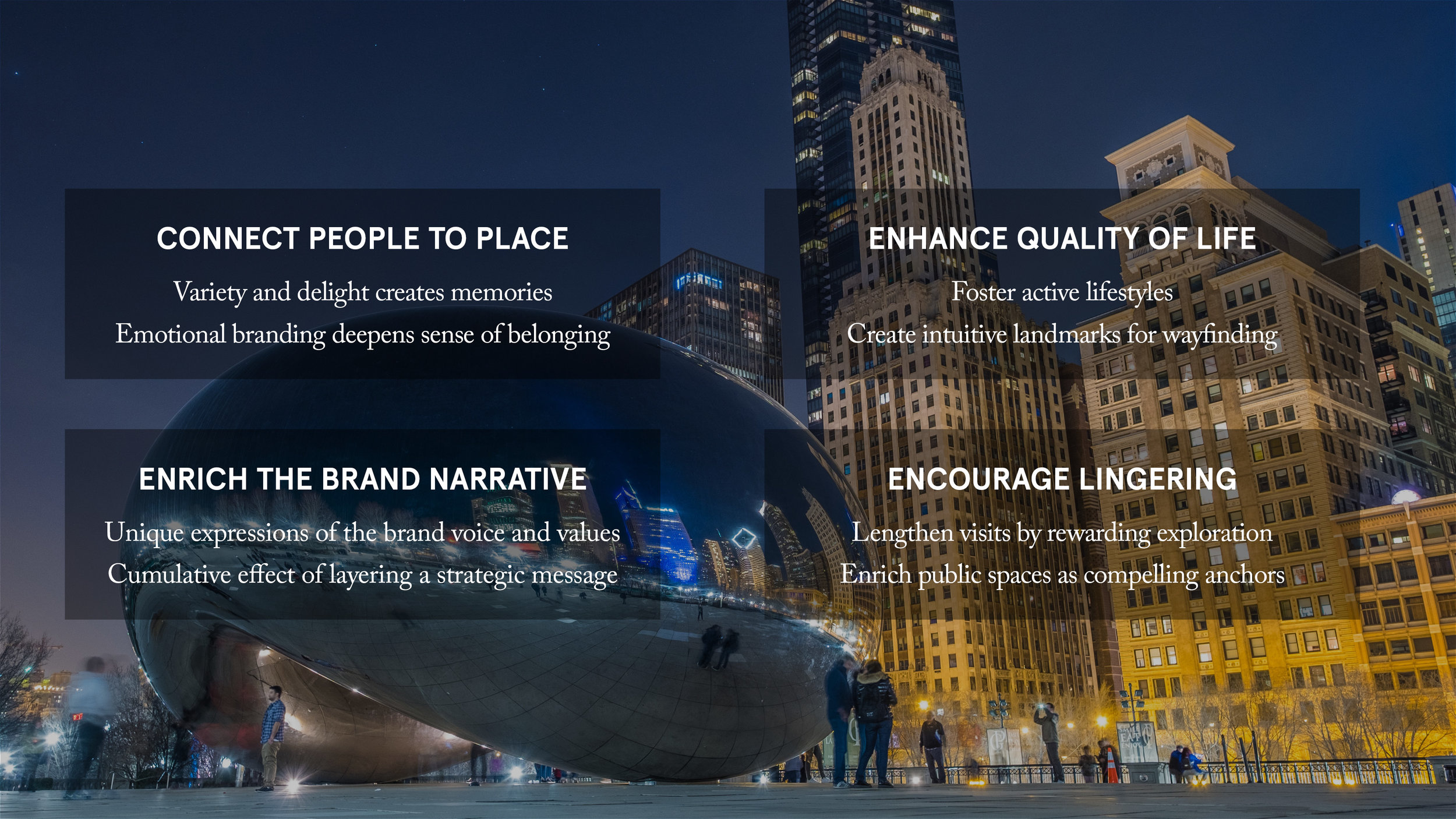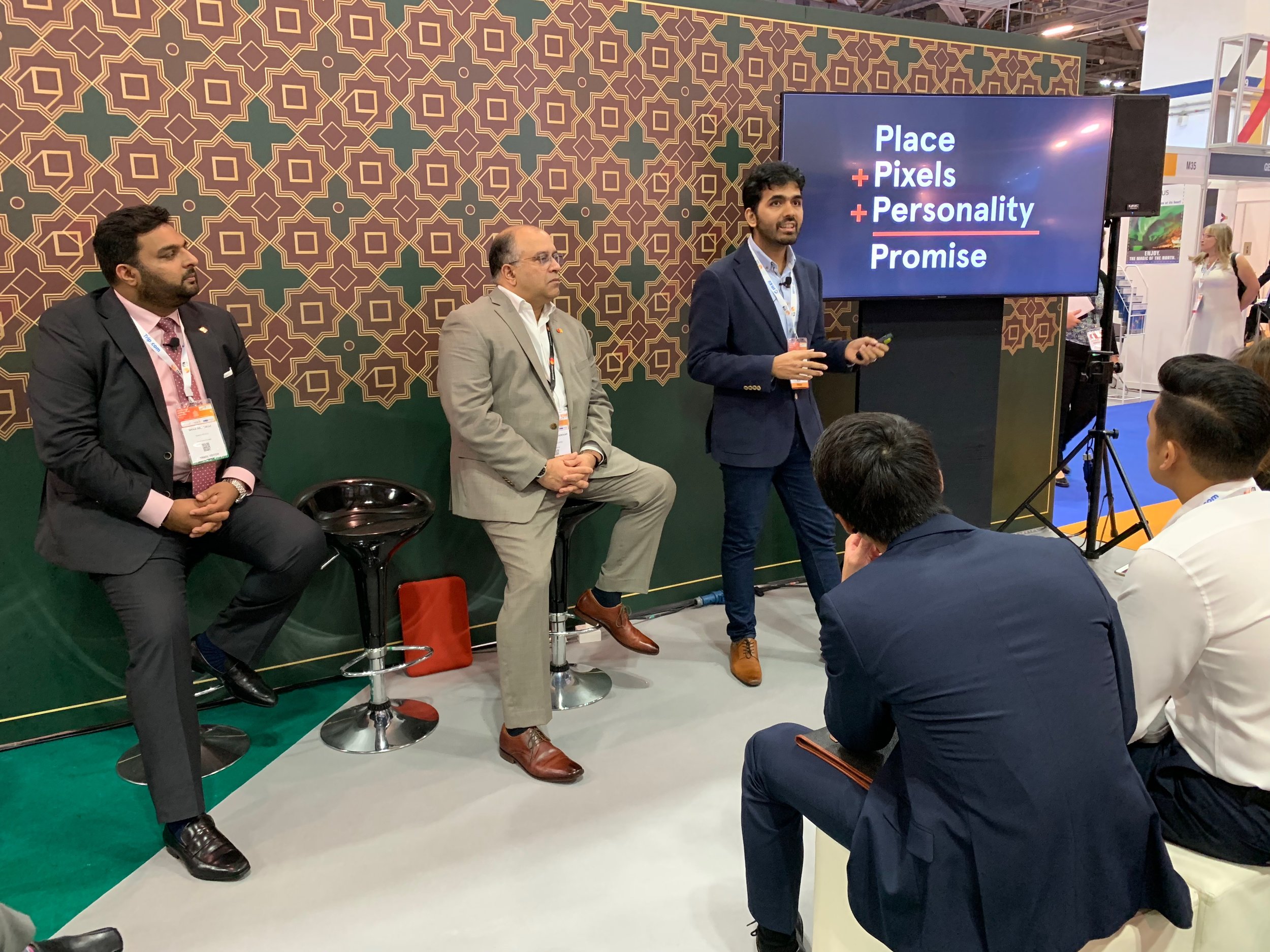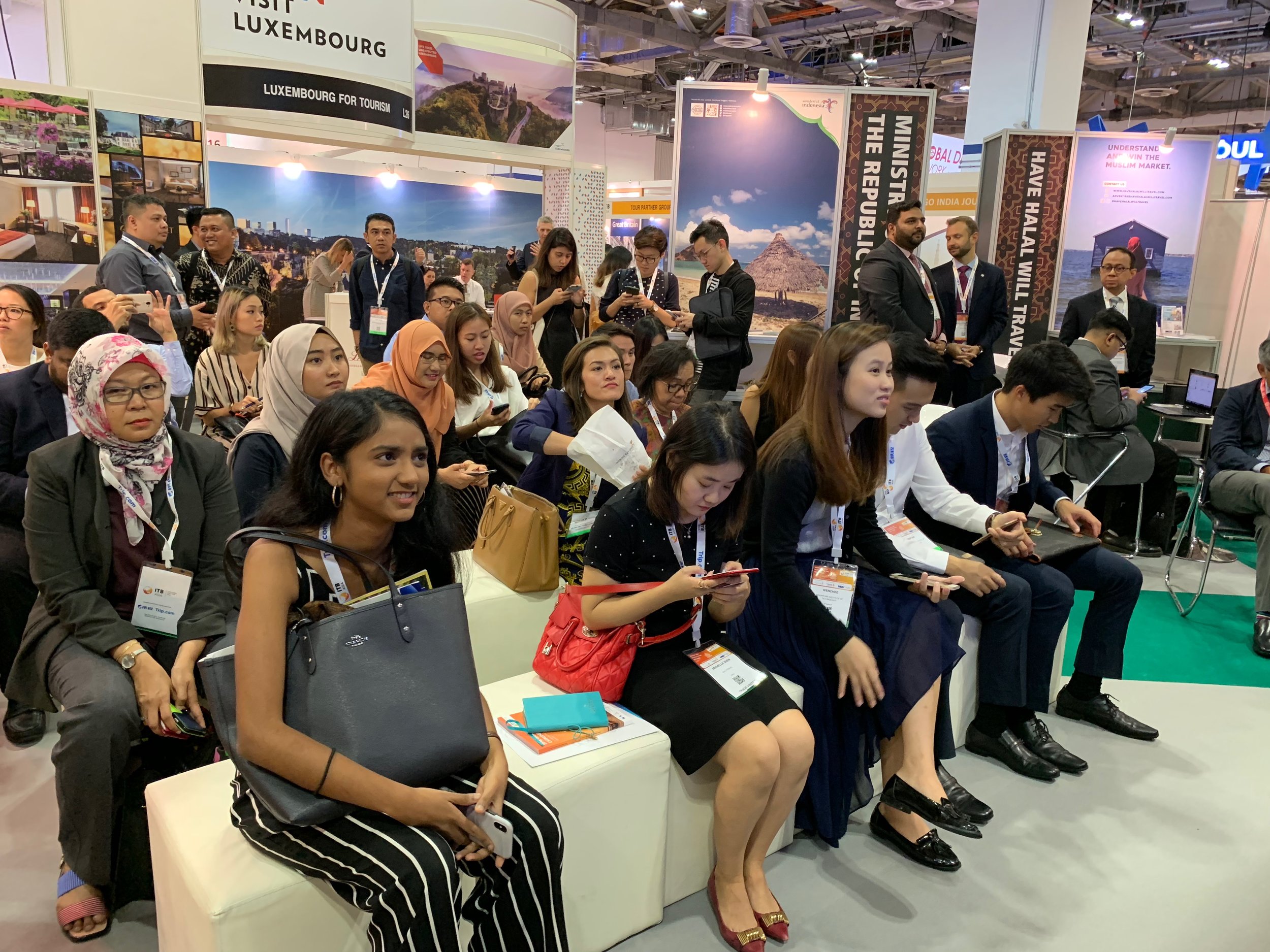Next Wave: Rise in Digital Muslims Travellers
On October 17th 2018, our Founder & Creative Director, Ali Akbar Sahiwala, participated as a panellist at the “Next Wave: Rise in Digital Muslims Travellers” session. This panel discussion was hosted at the Muslim Travel Pavilion at ITB Asia, as an opening cornerstone of the Halal in Travel conference.
Below is a summary of key insights Ali Akbar shared at the session, highlighting how brands operating in the Halal travel market can appeal to Muslim audiences.
Numerous macro trends are shaping the region at large, creating opportunities for this generally untapped field. The evolving landscape will continue to influence hospitality and tourism offerings as growing Muslim travel spending power increases — with overall online purchases by Muslim travelers projected to reach USD$180 billion, by 2026. This is of particular importance to Europe and Asia, which together account for over 80% of the market. As a result, the new Muslim customer landscape is expanding across boundaries.
Brands operating in this sphere should not only target digitally savvy Millennials and Gen Z audiences. Rather, they should also address older demographic needs. This may include Gen X and Baby Boomers who seek to travel and are comfortable researching online and making digital transactions. Additionally, family travel requirements crop up as one of the top factors Muslim travellers tend to seek out — so it is imperative brands to better understand and cater to such acute needs.
A great benchmark to cite, that caters to Muslim travellers is the Shaza Hotels group, an affiliate of Kempinski Hotels and a member of the Global Hotel Alliance. This luxury five-star hotel brand is inspired by cultures of the Silk Route in a contemporary setting, and stands apart from many of its international competitors. Each Shaza Hotel is bespoke and represents cultural richness tastefully, while carefully delivering to the target audience needs.
How can technology be used to enhance travel experiences of Muslim audiences, young and old?
To answer this question, brands operating in the hospitality and tourism field have to consider the following elements.
First, such brands have to consider the Place i.e. Physical Infrastructure. It should appeal to customers through design sensibilities, and also be equipped to meet technology needs. Ease of access and navigational cues should also be considered, and not left as an afterthought.
Secondly, make sure Pixels i.e. Digital Communications are targeted and well-curated. Online presence continues to rise in importance; brands must participate and produce content that is regularly updated and well curated.
Finally, brands must stand for something through an active Personality i.e. Emotional Connections. Universal values and a genuine tone of voice should come through, in order to be top-of-mind for the target audience.
Brand offerings — whether products, services, or experiences — that fuse all the above principles are thus able to deliver on their Promise. By being differentiated, such brands gain credibility and resiliency. They are able to better develop new offerings, recruit and retain talent that cares, seek lasting partnerships, and clearly communicate what they stand for.
Event photography courtesy of CrescentRating & HalalTrip







